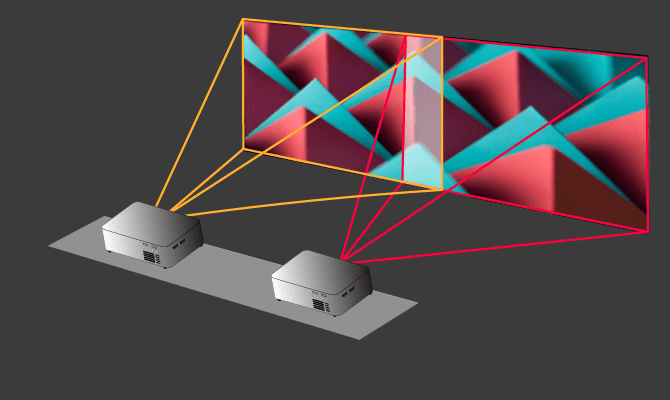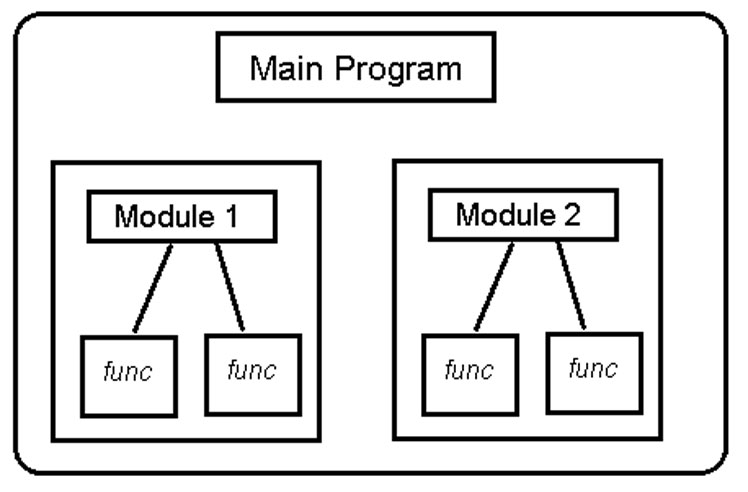- iterations / loops
Lecture 4
Functions, scoping, abstraction
Burkay Genç, Ahmet Selman Bozkır, and Selma Dilek
22/03/2023
PREVIOUS LECTURE
TODAY
- structuring programs and hiding details
- functions
- specifications
- keywords:
returnvsprint - scope
EXERCISE
- Write an AI program that will guess a user’s number.
## Choose a number between 1 and 100! ## Is it 50 (Y, H or L): H ## Is it 75 (Y, H or L): H ## Is it 87 (Y, H or L): L ## Is it 81 (Y, H or L): L ## Is it 78 (Y, H or L): H ## Is it 79 (Y, H or L): Y ## I guessed your number!!!
EXERCISE
- Write an AI program that will guess a user’s number.
print("Choose a number between 1 and 100!") low = 1 high = 100 while high >= low: guess = int((high + low) / 2) response = input("Is it " + str(guess) + " (Y, H or L): ") if response == "Y": print("I guessed your number!!!") break elif response == "H": low = guess else: high = guess
FUNCTIONS
HOW DO WE WRITE CODE?
- so far…
- covered language mechanisms
- wrote different codes for each computation
- each code is a sequence of instructions
- problems with this approach
- easy for small-scale problems
- messy for larger problems
- hard to keep track of details
- how do you know the right info is supplied to the right part of code
LINUX KERNEL EXAMPLE
- Linux is an operating system
- It is free and open source
- meaning: you can download and examine its code
- However, it contains over 30 million lines of code!
- No single person on earth can handle that much code!
- What is the solution?
LINUX KERNEL CODE
GOOD PROGRAMMING
- more code does not mean good programming
- measure good programmers by the amount of functionality
- introduce functions
- mechanism to achieve decomposition and abstraction
EXAMPLE – PROJECTOR
- a projector is a black box
- we don’t know how it works
- we know the interface: input/output
- connect any electronic to it that can communicate with that input
- black box somehow converts image from input source to a wall, magnifying it
- ABSTRACTION: do not need to know how the projector works to use it

EXAMPLE – PROJECTOR
- projecting very large images
- decomposed into separate tasks for separate projectors
- each projector takes partial input and produces separate output
- all projectors work together to produce larger image
- DECOMPOSITION: different devices work together to achieve an end goal

APPLY TO PROGRAMMING
- We can decompose code into modules
- self-contained
- used to break-up code
- reusable
- organized
- coherent (logical and consistent)
- We can abstract code blocks
- do not need the details
- do not want the details
- interested in input/output

FUNCTIONS
- Both decomposition and abstraction can be achieved by functions
- write reusable pieces/chunks of code, called functions
- functions are not run in a program until they are called or invoked in a program
- function characteristics:
- has a name
- has parameters (0 or more)
- has a docstring (optional but recommended)
- has a body
- returns something
FUNCTION DEFINITIONS
def is_even(i): """ Input: i, a positive int Returns True if i is even, otherwise False """ print("inside function is_even()") return i%2 == 0
FUNCTION CALLS
print("some code...") is_even(3) print("some other code ...")
## some code... ## inside function is_even() ## False ## some other code ...
EXERCISE
- Write a function that returns the square of a number
EXERCISE
- Write a function that returns the square of a number
def square(i): return i**2
- Now call the function to test it:
square(2)
## 4
square(-3)
## 9
square(0)
## 0
EXERCISE
- Write a function that returns the sum of two numbers
EXERCISE
- Write a function that returns the sum of two numbers
def sum_of_two(i, j): return i + j
- Test:
sum_of_two(3, 5)
## 8
sum_of_two(-2, 4)
## 2
EXERCISE
- Write a function that returns True if the given number is prime
EXERCISE
- Write a function that returns True if the given number is prime
def is_prime(number): prime = True for i in range(2, int(number / 2)): if number % i == 0: prime = False break return prime
- Test:
is_prime(7)
## True
is_prime(10)
## False
is_prime(79)
## True
VARIABLE SCOPE
- formal parameter gets bound to the value of actual parameter when function is called
- new scope/frame/environment created when enter a function
- scope is mapping of names to objects
- Check in Python Tutor
VARIABLE SCOPE
- Check in Python Tutor
VARIABLE SCOPE
VARIABLE SCOPE
VARIABLE SCOPE
EXERCISE
def foo(x): x = 2 * x print(x) x = 5 foo(x)
## 10
print(x)
## 5
- Check in Python Tutor
EXERCISE
- To make things less confusing, use different names for actual and formal parameters
def foo(x): x = 2 * x print(x) i = 5 foo(i)
## 10
print(i)
## 5
- Check in Python Tutor
NO return STATEMENT
def is_even(i): """ Input: i, a positive int Does not return anything """ i%2 == 0 print(is_even(5))
## None
- Python returns the value None, if no return given
- represents the absence of a value
return vs. print
- return only has meaning inside a function
- only one return executed inside a function
- code inside function but after return statement not executed
- has a value associated with it, given to function caller
- print can be used outside functions
- can execute many print statements inside a function
- code inside function can be executed after a print statement
- has a value associated with it, outputted to the console
ACCESS OUTSIDE
- It is possible to access the outside from within a function scope
def foo(x): print (x) print (i) i = 5 foo(2 * i)
## 10 ## 5
- Check in Python Tutor
ACCESS OUTSIDE
- But you cannot change an outside variable
def foo(x): i = 10 # i is re-assigned in function scope print (i) i = 5 foo(i)
## 10
print(i) # actual i keeps its original value
## 5
- Check in Python Tutor
ACCESS OUTSIDE
- But you cannot change an outside variable
- Unless you define it as
global(advanced topic)
- Unless you define it as
def foo(x): global i # i is defined in the global scope i = 10 # the global i variable is reassigned print (i) i = 5 foo(i)
## 10
print(i) # the global value has been changed
## 10
- Check in Python Tutor
EXERCISE
- Write a function that returns the minimum value in a sequence
EXERCISE
- Write a function that returns the minimum value in a sequence
def min_val(sequence): curMin = sequence[0] for val in sequence: if val < curMin: curMin = val return curMin min_val([1,2,3,4,5,6,7,-1,-2,-3,-4,-5])
## -5
min_val(["burkay", "ahmet", "ayşe", "hatice", "orkun", "zeynep"])
## 'ahmet'
EXERCISE
- Write a function to reverse a string
EXERCISE
- Write a function to reverse a string
def reverse_str(s): r = "" for char in s: r = char + r return r reverse_str("burkay genc")
## 'cneg yakrub'
- Carefully examine this solution!
DECOMPOSITION & ABSTRACTION
- powerful together
- code can be used many times but only has to be debugged once!
HOME EXERCISE
Write a function to convert a given length in centimeters to inches
Write a function that takes three arguments
- a number
- another number
- an operator (“+”, “-”, “*”, “/”)
- and returns the result of the operation
Write a function to build a pyramid of given height
Write a function to check whether a given substring is found in a given string and returns its index if found, return -1 otherwise.
Write a function that takes two arguments and returns their smallest common multiple.
Write a function that returns the fibonacci number for a given value.
Copyright Information
These slides are a direct adaptation of the slides used for MIT 6.0001 course present (as of February 2020) on MIT OCW web site.
Original work by:
Ana Bell, Eric Grimson, and John Guttag. 6.0001 Introduction to Computer Science and Programming in Python. Fall 2016. Massachusetts Institute of Technology: MIT OpenCourseWare. License: Creative Commons BY-NC-SA.
Adapted by and for:
Asst. Prof. Dr. Burkay Genç. MUH101 Introduction to Programming, Spring 2020. Hacettepe University, Computer Engineering Department.